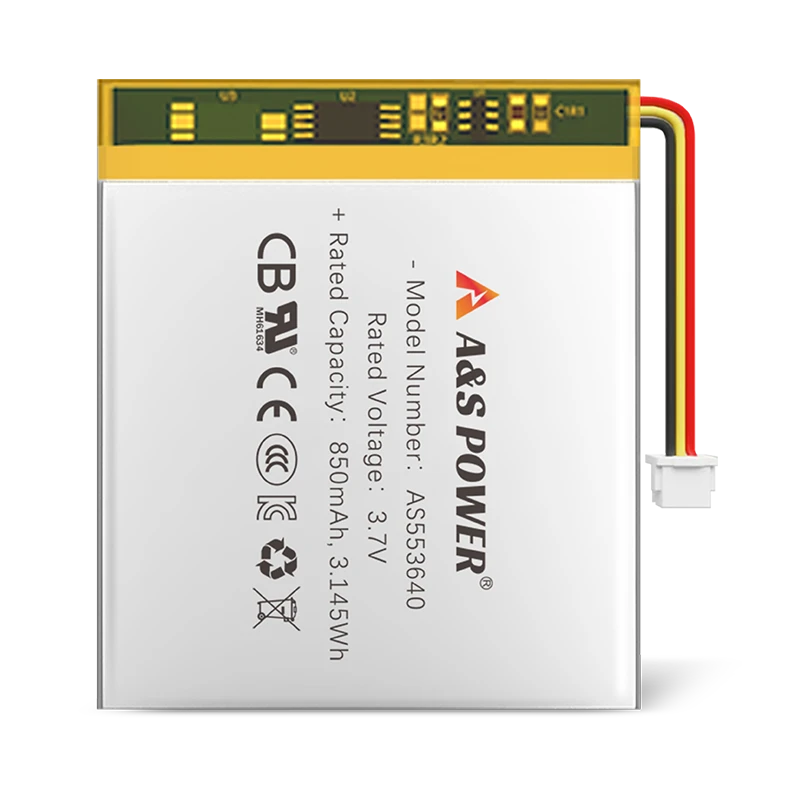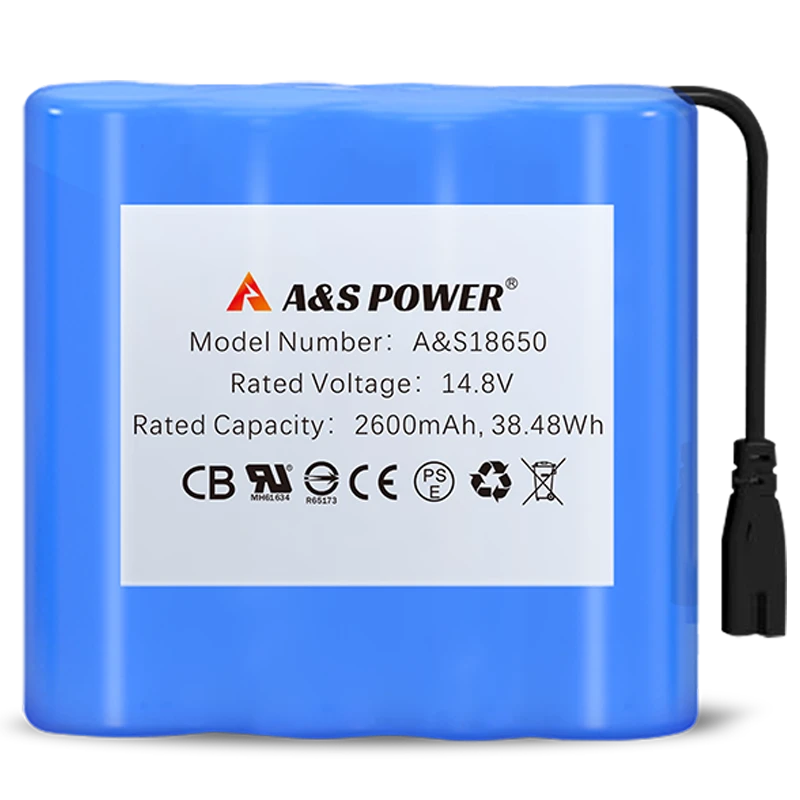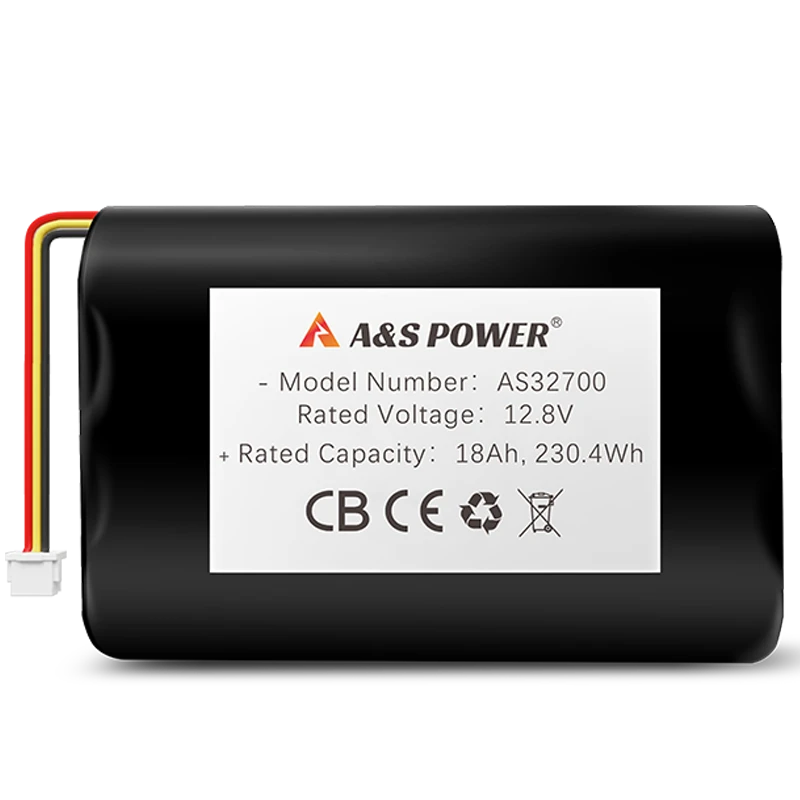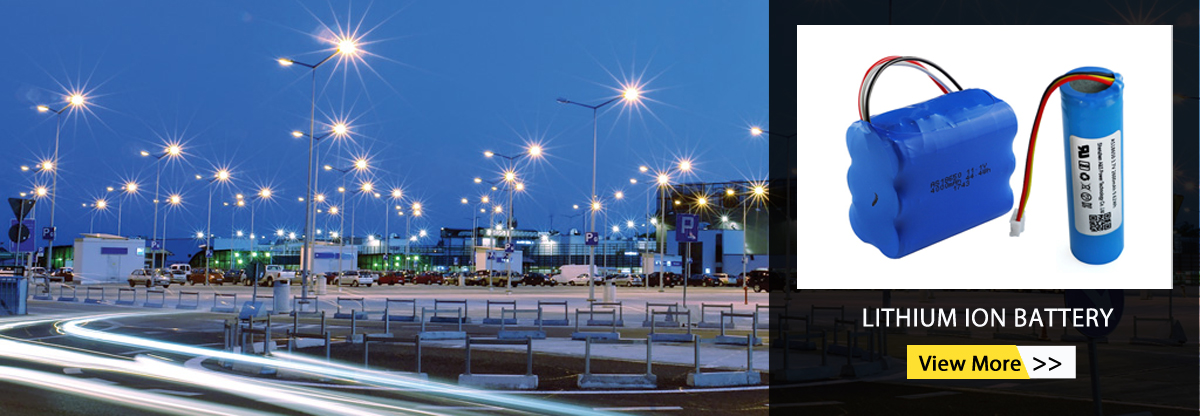Why does the Lithium polymer battery capacity decrease in winter?
Why Does the Lithium Polymer Battery Capacity Decrease in Winter? Understanding Cold Weather Performance Challenges
Lithium polymer (LiPo) batteries experience well-documented capacity reductions in winter conditions, with performance drops of 30-50% at -20°C compared to optimal temperatures. This phenomenon impacts everything from consumer electronics to electric vehicles, costing industries an estimated $2.3 billion annually in reduced efficiency and premature replacements. This technical analysis examines the electrochemical roots of cold weather capacity loss, quantifies performance impacts across applications, and explores emerging solutions to mitigate winter performance degradation.
Electrochemical Mechanisms Behind Winter Capacity Loss
1. Lithium-Ion Diffusion Limitations
The core challenge stems from slowed lithium-ion mobility in cold conditions:
- Ionic Conductivity Reduction: Electrolyte viscosity increases by 400% at -20°C
- Charge Transfer Resistance: Rises from 25Ω at 25°C to 150Ω at -10°C
- SEI Layer Effects: Solid electrolyte interface becomes less permeable
Table 1: Temperature vs. Electrochemical Performance
| Temperature (°C) | Ionic Conductivity (S/cm) | Charge Transfer Resistance (Ω) | Diffusion Coefficient (cm²/s) |
|---|---|---|---|
| 25 | 1.2×10⁻² | 25 | 5.8×10⁻¹⁰ |
| 0 | 3.8×10⁻³ | 62 | 1.2×10⁻¹⁰ |
| -20 | 7.5×10⁻⁴ | 150 | 2.4×10⁻¹¹ |
2. Electrolyte Behavior in Cold
Standard electrolytes face three winter challenges:
- Freezing Point Depression: EC/DEC mixtures freeze at -30°C
- Viscosity Surge: Impedes ion movement through separator
- Salt Precipitation: LiPF6 crystallizes below -40°C
3. Electrode Material Impacts
Both anode and cathode suffer cold-induced issues:
- Graphite Anodes: Lithium plating begins below 5°C
- NMC Cathodes: 35% capacity loss at -10°C
- LFP Advantage: Retains 15% more capacity than NMC at -20°C
Quantifying Performance Degradation Across Applications
4. Consumer Electronics Impact
Smartphone battery performance declines sharply:
- 20°C: 100% capacity (reference)
- 0°C: 78% remaining capacity
- -10°C: 52% capacity
- -20°C: 31% capacity
Figure 1: Smartphone Battery Capacity vs. Temperature
[Insert Bar Chart Showing Capacity Retention at Different Temperatures]
5. Electric Vehicle Range Reduction
EVs demonstrate significant winter range loss:
| Model | 25°C Range (mi) | -10°C Range | % Loss |
|---|---|---|---|
| Tesla Model 3 LR | 358 | 214 | 40% |
| Nissan Leaf | 226 | 142 | 37% |
| Ford Mustang Mach-E | 305 | 183 | 40% |
6. Industrial Equipment Challenges
Critical systems face operational limits:
- Medical Devices: 45% runtime reduction at 5°C
- Aerospace Batteries: 60% power loss at -40°C
- Grid Storage: 35% reduced efficiency in Nordic winters
Solutions and Technological Countermeasures
7. Electrolyte Formulation Advances
Next-generation winter electrolytes:
- Low-Temperature Additives: FEC/VC mixtures improve -30°C performance
- Ionic Liquids: Maintain conductivity down to -50°C
- Nanoparticle Suspensions: Reduce viscosity by 60%
8. Battery Heating Strategies
Active thermal management solutions:
- Self-Heating Batteries: Internal heaters (3-5°C/min warmup)
- Phase Change Materials: Store/release heat passively
- External Warmers: Pre-conditioning systems
Table 2: Heating Method Comparison
| Method | Warmup Rate | Energy Cost | Temperature Range |
|---|---|---|---|
| Internal Resistance | 2°C/min | 5% capacity | -20°C to 0°C |
| PTC Heaters | 5°C/min | 8% capacity | -40°C to 20°C |
| Phase Change Material | 0.5°C/min | 0% | -10°C to 30°C |
9. Material Science Innovations
Novel electrode developments:
- Hard Carbon Anodes: Reduce plating risk by 70%
- Surface-Modified Cathodes: 25% better low-T performance
- 3D Current Collectors: Maintain conductivity at -30°C
Best Practices for Winter Battery Use
10. Consumer Guidelines
Maximizing cold weather performance:
- Storage Temperatures: Keep between 15-25°C when not in use
- Charging Protocols: Only charge above 0°C
- Warmup Techniques: Gradual warming before high loads
11. Industrial Solutions
Mission-critical applications require:
- Insulated Enclosures: Maintain 5-35°C operating range
- Redundant Heating: Dual PTC heater systems
- Capacity Buffers: 30% oversizing for winter loads
12. Emerging Standards
Industry responses to cold weather challenges:
- IEC 61960-3: New low-T testing protocols
- SAE J3072: EV winter performance benchmarks
- MIL-PRF-32565: Military-grade cold operation specs
Future Outlook and Research Directions
13. Solid-State Breakthroughs
Promising developments:
- Ceramic Electrolytes: Function at -60°C
- Lithium-Metal Anodes: 50% better low-T kinetics
- Hybrid Designs: Combine polymer/ceramic advantages
14. AI-Optimized Thermal Management
Next-gen control systems:
- Predictive Heating: Forecasts based on usage patterns
- Zonal Warmup: Targets coldest battery sections
- Efficiency Algorithms: Minimizes energy loss
15. Market Growth Projections
Winter battery solutions market:
- 2025: $1.2 billion
- 2030: $3.8 billion (CAGR 26%)
- Key Players: CATL, LG Energy, Northvolt
Please analyze from these points:
Since entering the industrial market, Lithium polymer batteries have been favored by people for their long life, large specific capacity, and no memory effect.
However, the use of Lithium polymer batteries in low temperature environments has problems such as low capacity, severe attenuation, poor cycle rate performance, obvious lithium evolution, and unbalanced lithium deintercalation. With the continuous expansion of this application field, the restrictions brought by the low temperature performance of Lithium polymer batteries are becoming more and more obvious.
It is reported that the Lithium polymer batteries discharge capacity at -20 ° C is only about 31.5% at room temperature. The operating temperature of traditional Lithium ion batteries is between -20 ~ + 55 ° C. However, in the fields of aerospace, military, and electric vehicles, the battery is required to work normally at -40 ° C. Therefore, it is of great significance to improve the low-temperature properties of Lithium-ion batteries.
Factors restricting the low-temperature performance of Lithium polymer batteries
1. In low temperature environment, the viscosity of the electrolyte increases; even the partial solidification causes the conductivity of the Li-polymer batteries to decrease.
2. The compatibility between the electrolyte, the negative electrode and the separator is deteriorated in a low temperature environment.
3. In the low temperature environment, the lithium in the negative electrode of the Li-polymer battery is severe, and the precipitated lithium reacts with the electrolyte, and the product deposition causes the thickness of the solid electrolyte interface (SEI) to increase.
4. Under low temperature environment, the diffusion system of Li-polymer battery inside the active material is reduced, and the charge transfer resistance (Rct) is significantly increased.
Summary
To ensure the low temperature performance of Lithium-ion batteries, the following points need to be done:
1. Form a thin and dense SEI film;
2. Ensure that Li + has a large diffusion coefficient in the active material;
3. The electrolyte has high ionic conductivity at low temperatures.
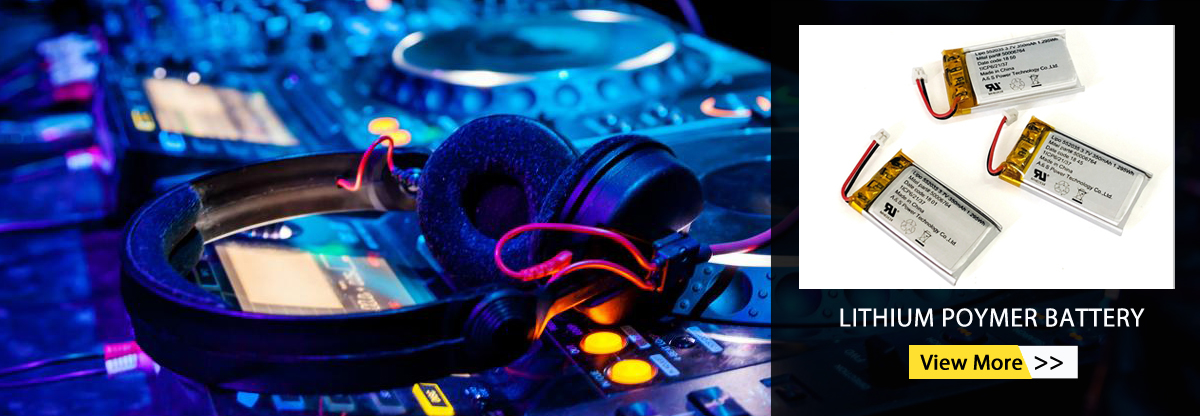
In addition, the research can take a different approach and set its sights on another type of lithium-ion batteries-all-solid-state lithium-ion batteries. Compared with conventional lithium-ion batteries, all-solid-state lithium-ion batteries, especially all-solid-state thin-film lithium-ion batteries, are expected to completely solve the problem of capacity degradation and cycle safety of batteries used at low temperatures.
-

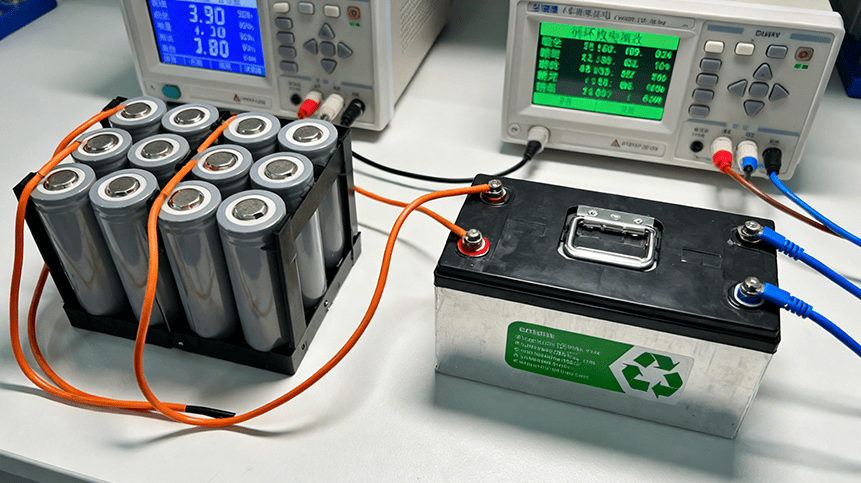 May.2025.11.24Ternary Lithium Battery vs Lithium-ion: Complete Comparison Guide (2025 Edition)Learn More
May.2025.11.24Ternary Lithium Battery vs Lithium-ion: Complete Comparison Guide (2025 Edition)Learn More -

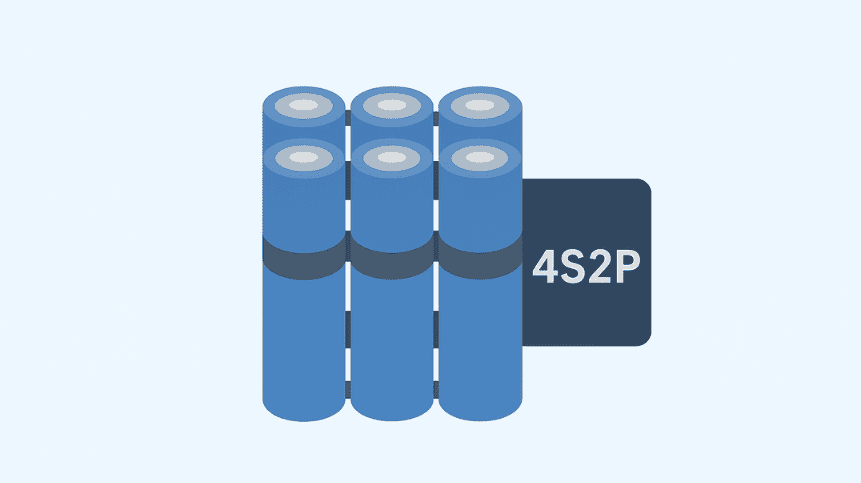 May.2025.11.214S2P 18650 14.8V Battery: Complete Technical Guide, Specs, Applications & SafetyLearn More
May.2025.11.214S2P 18650 14.8V Battery: Complete Technical Guide, Specs, Applications & SafetyLearn More -

 May.2025.11.18PCM vs BMS in Lithium Batteries: What’s the Difference and Which One Do You Need?Learn More
May.2025.11.18PCM vs BMS in Lithium Batteries: What’s the Difference and Which One Do You Need?Learn More -

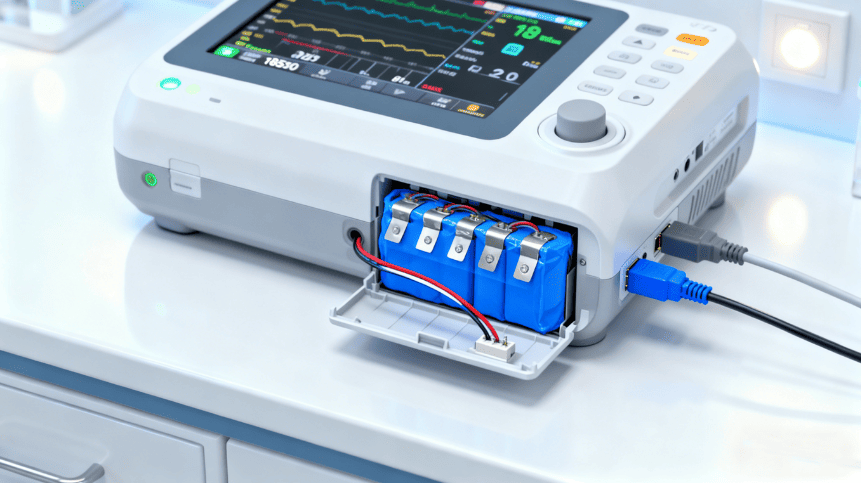 May.2025.11.17Custom Li-ion Battery Design for Medical Devices (2025 Comprehensive Guide)Learn More
May.2025.11.17Custom Li-ion Battery Design for Medical Devices (2025 Comprehensive Guide)Learn More -

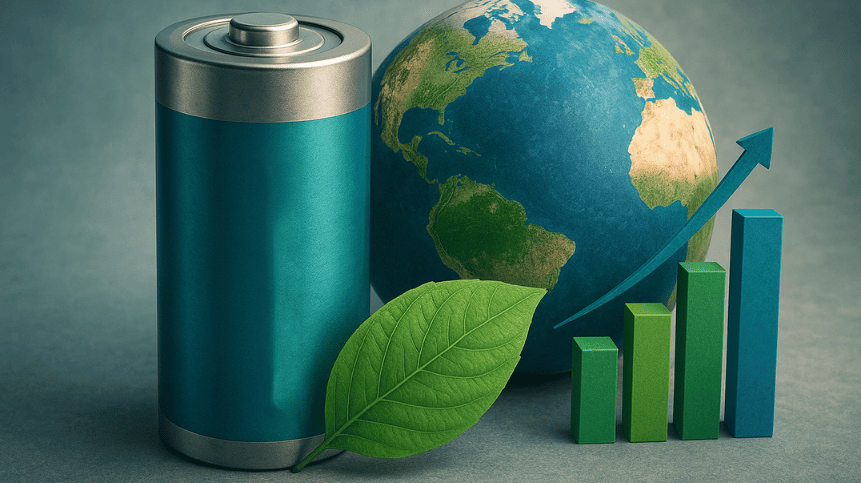 May.2025.11.17The Future of Lithium-Ion Batteries: Innovation, Sustainability, and Global Market TrendsLearn More
May.2025.11.17The Future of Lithium-Ion Batteries: Innovation, Sustainability, and Global Market TrendsLearn More




